What should be the room of the child? Beautiful, but at the same time cozy and safe. Here the baby gets acquainted with the outside world, begins to develop, so some important details must be taken into account in the interior.
Psychologically, the nursery plays a serious role in the formation of the individuality of the child. Given this, parents need to approach its arrangement with all responsibility. The task is not easy: in one room you need to place a zone for sleeping, playing games, studying, and you also need a certain “corner of lost things” and a “laboratory”. What is it, why does the baby need all this? Read in our article.
1. Mirror
Psychologists strongly recommend placing a mirror or dressing table in the rooms of both girls and boys. It will allow the child to consider himself from different angles. The mirror will help the baby to form a correct idea of his appearance and normal self-esteem, as well as accustom to neatness.
“We’re just finishing making a nursery for our four-year-old girl, and what I want to say is that the mirror in the nursery is not just necessary, but necessary!
Do not forget that this is a children's room, so everything should be reliable and safe, but also convenient for the child. After all, this is very good and necessary for the child so that she can always look at herself in the mirror, preen when she goes out, and she learns to comb her hair herself. After all, from early childhood, the child develops taste, so you do not need to forbid to paint the lips with baby lipstick, but you need to show the child how to do it so that she is beautiful and not funny, she knows how to do it.
In our case, we put a mirror in one cabinet door and also additionally a dressing table, the size of the room allows us to do this because there is a lot of space, it turned out very original, with taste, and beautiful. ”
We also read:
Watch the video: Do I need a Mirror in the Nursery?
2. “The corner of lost things”
Such a zone in the nursery will allow parents to educate their children in a group (by the way, the group of not only the child, but also your own!). Here households will bring objects that were not in their places. So, it’s possible that not only children's things will be found among them, but also mom’s cream or dad’s socks. What is not mutual control in action? Such visibility will give a hundred points ahead of any pedagogical instructions.
3. “Bag of good deeds”
Such a bag can be made together with the baby and decorate it with embroidery or applique. A bright box painted with funny pictures is also suitable. Lay large buttons or small cubes, or beads of different colors.Bright ones will mean good deeds, dark ones will mean bad deeds.
At 2-3 years old, the child already knows what is good and what is bad. And, for sure, you have talked about this more than once. But words alone with children are not enough. The bag will allow you to demonstrate this clearly. So, if the baby fed the dog or washed a mug, put a bright button in the bag. If he hit another child in the playground or refused to clean up the scattered toys, mark such actions with a dark button.
[sc name = ”rsa”]
Be sure to explain why certain actions are considered good or bad. After talking with the baby, make sure that he understood everything. (If the child is arguing with you, does not agree - listen to his point of view, express yours, because at this moment it is extremely important for parents not to dictate something, but to come to an agreement so that the child really understands you.) At the end of the week, arrange a family summary : Pour buttons on the table and count them.
4. Laboratory
Children learn about the world every minute. These are small researchers who study toys and various objects around them. If the kid is interested in how his machine is arranged, why it drives, how and what it is made of, why the watch is ticking all the time, why is this little screw needed and why is it not getting back into place? Parents should be happy if the child asks you these questions, which means that he is developing normally.
You can create a whole laboratory in the nursery, it’s not difficult. Place a pair of shelves or drawers, and store in them something that may be interesting for the crumbs: a magnifying glass, binoculars, magnets, a calculator, a broken home phone - yes, anything. Add new things periodically, explaining why they are needed and how they work (remembering to clean up those who have already served, for which the child has lost interest).
5. Lost and Found
To equip this zone, not only a closet is suitable, but also a bookcase or a simple shelf where you can put items found by a child or other family members. It can be beautiful leaves, colored candy wrappers, pebbles, etc. Findings and talking about them will help to develop observation, imagination, a sense of beauty and colloquial speech of the baby. Therefore, talk about the finds, ask the baby to explain what they liked so much, what they look like.
The situation of the nursery should stimulate the development of crumbs. The creation of these zones will help to form important qualities in the baby: neatness, curiosity, self-discipline, diligence. Cabinets and shelves are compact, they won’t take up much space, but they will bring enormous benefits in raising a child.
We also read:
- How to equip a nursery for a newborn baby
- Optimum air temperature in the room for a newborn baby: how to maintain temperature
- Children's room for a newborn boy: interior, design, decoration, furniture for a children's room
- At what age does a child need his own room
- How to secure a home for a child - 10 simple recommendations
How to create the perfect nursery: 6 life hacks for parents

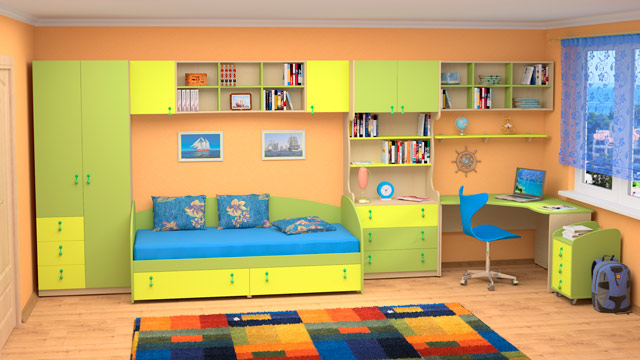
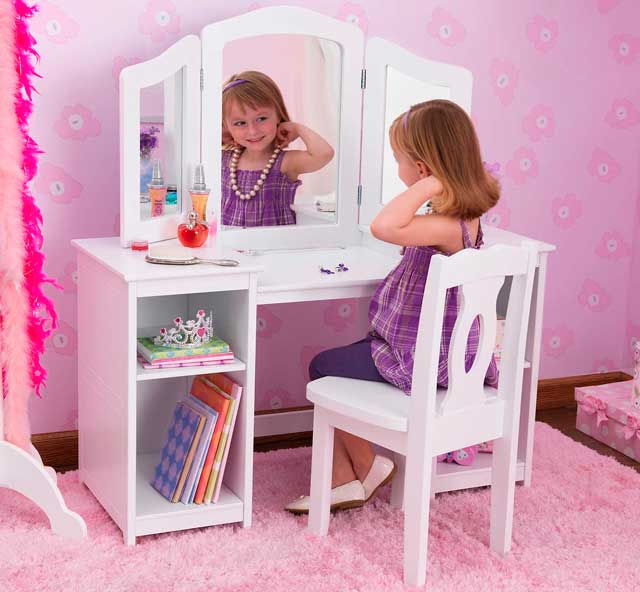
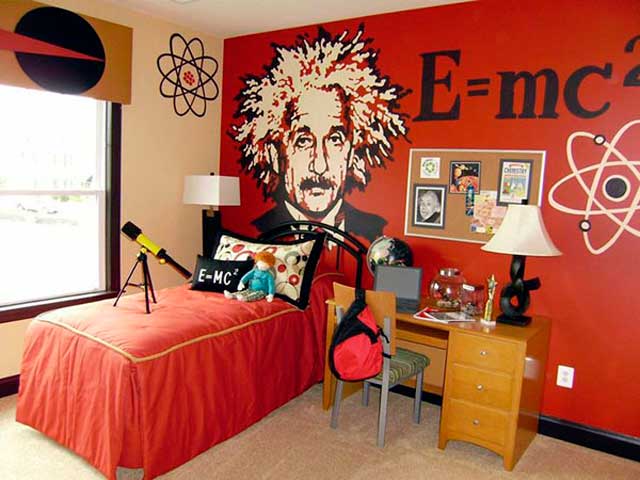

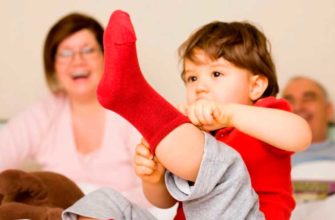

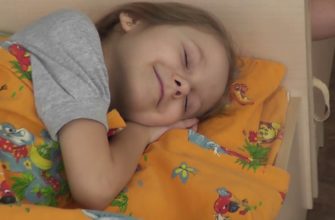


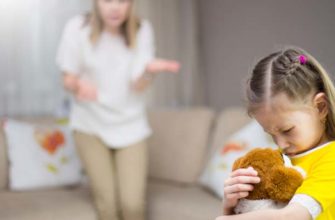

My daughter loves to draw.
In connection with her hobby, we tried to make the room creative, comfortable and informative.
Cognitive in terms of interior items that will help develop her talent and explore the world of art.
For example, in the room there is an easel, shelves with books, in which drawings by famous artists, a mirror and more.
The room as a whole is bright and beautiful, and my daughter really likes :).